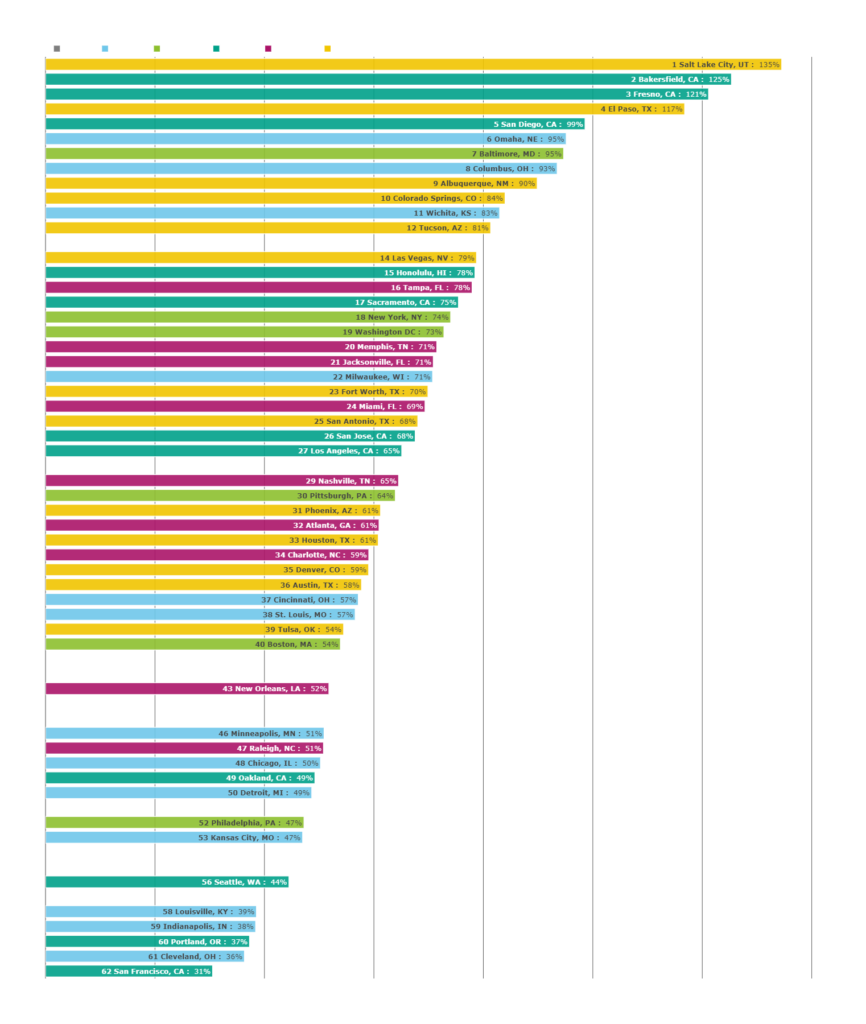More data show people avoiding downtown Minneapolis
Last week I wrote about new data that showed that businesses are fleeing downtown Minneapolis.
Twin Cities Business reported:
With over 21.2 million square feet of vacant office space in the Twin Cities metro, office vacancy rates in the area are up 12.2% year over year, according to a recent report by Toronto-based Colliers International.
…
The Minneapolis and St. Paul office market has continued to show a “negative absorption” rate in the first quarter of this year. This simply means the demand for office space is lower than the supply available. The report points to properties like Voya, Calabrio, and WeWork, which have all vacated or downsized leased spaces, leaving around 100,000 square feet each in their buildings. The Twin Cities is one of only three major markets that continue to post negative absorption rates every quarter since the pandemic started, the other two being Baltimore and Chicago.
Other data show the same thing.
The University of Toronto’s School of Cities has been looking at cell phone activity at points of interest (POI) in the downtowns of the top 62 cities in North America and comparing the most recent period to pre-pandemic spring 2019 to assess the recovery of these downtowns from COVID-19.
Figure 1 shows how activity in the cities in the United States has recovered from COVID-19 by Fall 2022. Only four are above their pre-pandemic levels: El Paso, Fresno, Bakersfield, and Salt Lake City. Omaha is the best performing city in the Midwest, having recovered 95% of its activity.
But where is Minneapolis? It is towards the bottom of the ranking, having recovered just 51% of its pre-pandemic activity, only slightly better than Chicago and Detroit.
Figure 1: Recovery of downtown to Fall 2022

Minneapolis is in a bad way and that is bad for our state. How can we turn it around?